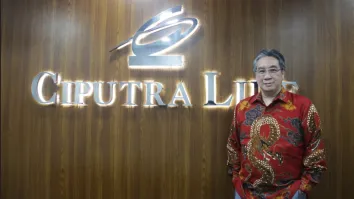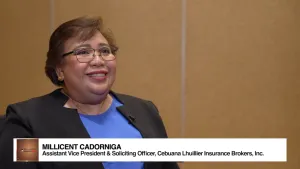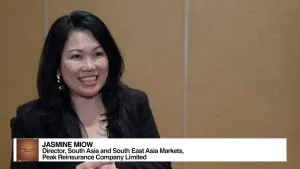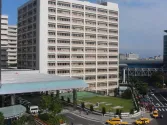
Medical plan costs to rise by 11.1%: Aon
APAC is expected to experience the second-largestYoYr increase globally.
Asia-Pacific’s (APAC) medical plan costs per employee – both insured and self-insured – is projected to rise by 11.1% this year, Aon’s latest Global Medical Trend Rates Report 2025 revealed.
This increase surpasses the 2024 global medical trend of 9.7%, which had marked the steepest rise in a decade.
APAC is expected to experience the second-largest year-over-year increase globally, following the Middle East and Africa, where the trend rate is forecasted at 15.5%.
Other regions noted were Latin America and the Caribbean (10.7%), Europe (8.9%), and North America (8.8%). Global average was at 10%.
According to Alan Oates, Aon’s head of global benefits for APAC, double-digit increases are expected to persist in 2025 and 2026 due to insurer profitability recovery and rising incidences of chronic conditions such as cancer, exacerbated by the post-pandemic environment.
Markets such as New Zealand, Papua New Guinea, Thailand, and Vietnam are particularly impacted, with year-over-year cost increases ranging from 50% to over 100%.
Prescription medications, medical technology advancements, and geopolitical factors are driving the trend.
Emotional health claims are also on the rise, with employers increasing investments in well-being initiatives aimed at managing stress and chronic conditions.
Marina Sukhikh, global benefits leader for APAC, noted that co-investment between employers and insurers is becoming more common, with a focus on prevention strategies targeting risk factors like hypertension and poor stress management.
Flexible benefit plans are expected to grow in popularity, with 60% of employers globally anticipated to adopt them to balance diverse workforce needs and control costs.
Additionally, one-third of employers are considering alternative funding arrangements like multinational pooling and captives to manage cost volatility over time.
Whilst flexibility in benefits design offers short-term employee value, Oates noted that alternative funding methods do not reduce costs outright but help stabilise expenses in today’s volatile market.

















 Advertise
Advertise








